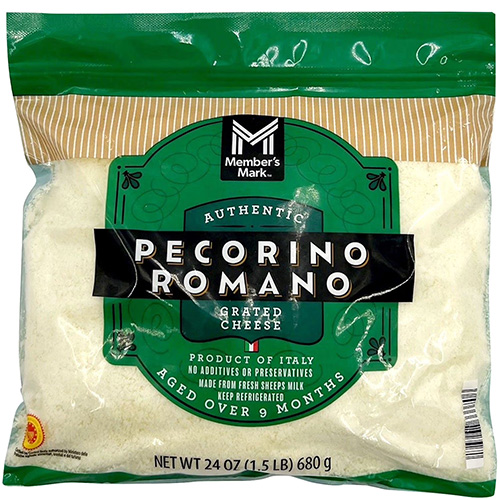Purdue experiments clarify critical molecular stages of mammalian development
A Purdue University research team has revealed complex new details about the function of a key protein shared by mammals, including humans. Many cancers result when this DNA methyltransferase protein goes awry.
The findings, from a study led by a postdoctoral fellow and a graduate student, also include contributions by five undergraduate students and appeared in the journal Cell Reports. The results show, for the first time, the mechanism by which a specific type of RNA regulates the expression of a critical DNA methyltransferase gene, Dnmt3b.
“Regulation of DNA methylation is at the heart of many diseases,” said Humaira Gowher, associate professor of biochemistry. But under normal conditions, DNA methylation, catalyzed by Dnmt3b, plays an important role in how young, unformed mammalian cells divide and develop into more specialized cells. DNA methylation also regulates the epigenetics process that bypasses genetic coding in transmitting selected traits to mammals’ offspring.
“We show in this paper how the DNA methyltransferase, Dnmt3b, is precisely and restrictively expressed during early development and then shut off,” Gowher said.
A malfunction in Dnmt3b has a potential bearing on cancer cell behavior. That’s because certain conditions cause abnormal DNA methylation. And changes in DNA methylation have become critical biomarkers for cancer detection, she noted.
In a long, careful and varied series of experiments, Gowher’s team tracked the location and timing of Dnmt3b expression to determine the mechanism that controls it by using mouse embryonic stem cells as a developmental model. Stem cells, found only in early-stage embryos, can develop into any other type of cell found in the body.
The experiments revealed an interplay of several regulatory molecules. The team discovered that after the noncoding RNA creates an open environment at the gene promoter, where all action starts, it also delivers the splicing protein hnRNPL to the gene-transcribing locomotive, RNA Pol II. The latter gives a ride to the hitchhiking splicing protein to its molecular workplace, which is farther away from the promoter in the gene body.
“The noncoding RNAs have the ability to bind splice factors. They can bring this splicing factor to the RNA polymerase at the promoter, and the polymerase will give it a ride,” Gowher said.
The results helped show that two genetic processes — transcription and alternative splicing — serve as dual controls in fine-tuning the different forms of Dnmt3b, said Mohd Saleem Dar, lead author of the Cell Reports paper. In transcription, RNA copies a DNA sequence to aid cellular protein production. And through alternative splicing, a gene can combine hundreds of DNA sequences to make proteins in different ways.
“When I differentiated these naive mouse embryonic stem cells and checked the expression of the Dnmt3b, I saw that it’s induced,” said Dar, now a staff scientist at the National Institutes of Health. In its induced state, Dnmt3b triggers cellular development. “And with that induction, we saw splicing,” he said.
Dar also explored the relationship between alternative splicing and the expression state of Dnmt3b.
“You need to show the full picture of the Dnmt3b alternative splicing during its low and high expression states,” Gowher said. When Dar looked at the alternative splicing of the low expressed state, he noticed that alternative splicing choice resulted in Dnmt3b protein, which has no enzymatic activity. However, at a high expression state, the alternative splicing switched, resulting in the expression of the enzymatically active protein.
“This mechanism could have multiple functions, including preventing impaired development due to spurious DNA methylation at an early stage,” she said.
The study showed that in embryonic stem cells, Dnmt3bas delivers proteins that keep the Dnmt3b gene promoter in a “primed” state to receive activation signals during differentiation. At the activated promoter, Dnmt3bas also delivers splicing proteins that bind to the Pol II, thus coordinating gene expression with alternative splicing.
The five undergraduate co-authors were recent graduates Hannah Whitlock and Nina Bippus, along with Madison Ceminsky, Martin Emerson and Hern Tan. They provided valuable help to Dar and co-authors Isaiah Mensah and Sarah McGovern, who are both biochemistry graduate students.
Additional co-authors included research associate Ming He; Ikjot Singh Sohal, a postdoctoral research associate at Purdue’s Institute for Cancer Research; and Mark Hall, associate professor of biochemistry.
The National Science Foundation and Purdue’s Institute for Cancer Research funded this project.





